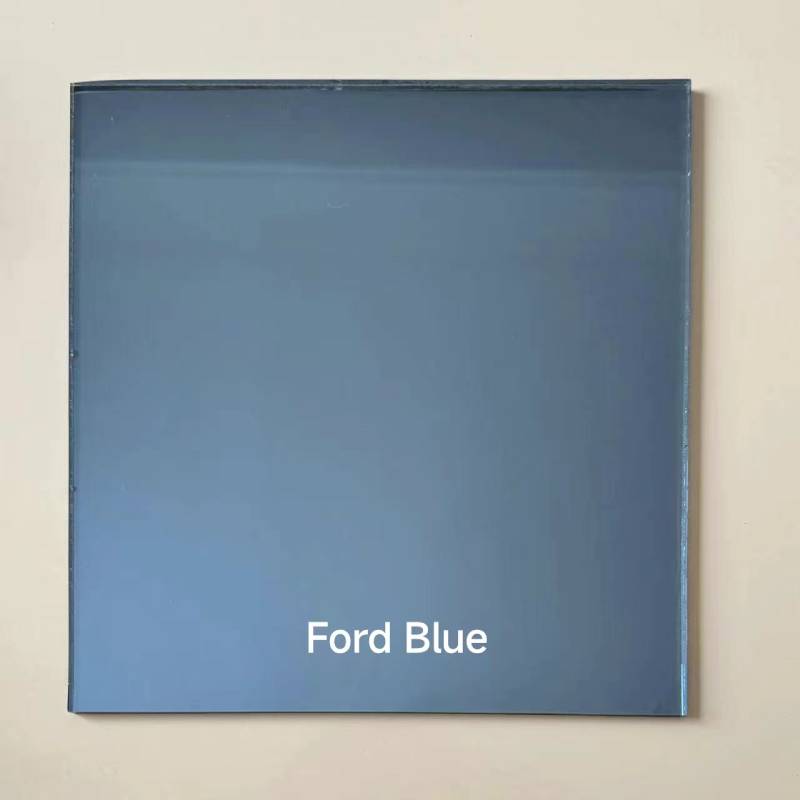

Understanding Different Types of Low-E Glass
Low-emissivity (low-E) glass has become essential in modern architectural design, contributing to energy efficiency and comfort in both commercial and residential buildings. This innovative glazing technology is designed to minimize the amount of infrared and ultraviolet light that can pass through glass without compromising visible light. As awareness of sustainable building practices grows, understanding the different types of low-E glass and their applications is crucial for architects, builders, and homeowners alike.
What is Low-E Glass?
Low-E glass is coated with a microscopically thin layer of metallic oxides that enhances its thermal performance. This coating reflects infrared energy, which helps keep homes warm in winter and cool in summer, thus reducing the need for heating and air conditioning. By reflecting heat back into the room or rejecting it altogether, low-E glass not only improves comfort but also contributes to significant energy savings over time.
Types of Low-E Glass
Low-E glass is typically categorized into two main types passive low-E glass and solar control low-E glass
. Each type serves different climatic conditions and building requirements.1. Passive Low-E Glass
This type is designed to maximize solar gain while minimizing heat loss. It features a coating that allows the sun’s rays to enter the building, warming the interior space during colder months. Passive low-E glass is particularly effective in cold climates where heat retention is a priority. When installed, it can significantly reduce heating costs while providing a comfortable indoor environment.
2. Solar Control Low-E Glass

In contrast, solar control low-E glass is designed to limit solar heat gain while still allowing natural light to penetrate. This type of low-E glass is ideal for warmer climates where excessive heat can lead to increased cooling costs. By reflecting solar energy away from the building, solar control low-E glass enhances thermal comfort and helps maintain a consistent indoor temperature.
Choosing the Right Low-E Glass
The selection of the appropriate low-E glass depends on several factors, including geographical location, climate, orientation of the building, and specific energy performance goals. Architects often consider these factors during the design phase to ensure the right balance between energy performance and aesthetic appeal.
For locations prone to high solar radiation, solar control low-E glass may be preferable. By effectively managing heat gain, it can reduce reliance on air conditioning systems. Conversely, in colder regions, passive low-E glass can provide significant benefits by maximizing heat gain from the sun.
Environmental Benefits
Beyond energy savings, low-E glass is also beneficial for the environment. By reducing the demand for heating and cooling, it helps decrease greenhouse gas emissions associated with energy production. Additionally, as energy-efficient buildings become more prevalent, the construction industry shifts toward more sustainable practices, further contributing to environmental protection.
Conclusion
In conclusion, low-E glass is a powerful tool in the pursuit of energy efficiency and sustainability in building design. Understanding the different types of low-E glass—passive and solar control—can help architects, builders, and homeowners make informed choices that enhance comfort and reduce energy costs. As the industry continues to evolve, the integration of low-E glass systems not only improves individual buildings' performance but also serves as a critical component in the larger effort to create sustainable and resilient communities. With its ability to balance light and thermal comfort, low-E glass is a smart investment for the future of construction and design.